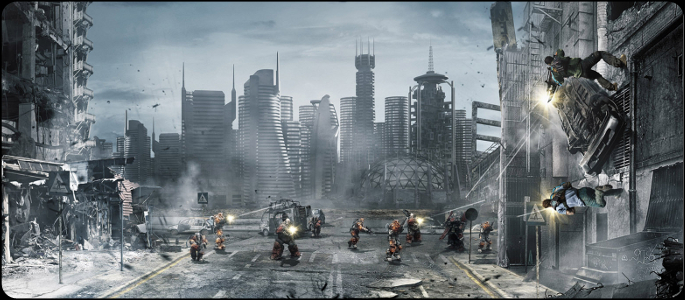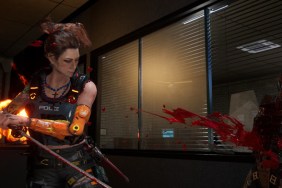Inversion is a Gears of War-style squad shooter with an interesting premise: the characters and enemies have gravity-manipulating powers and live in a world where gravity exists in different states in some areas. Such a premise would seem like it could really change up the squad shooter and perhaps add some more dimensions to the genre. However, Inversion really does not utilize this premise to…





